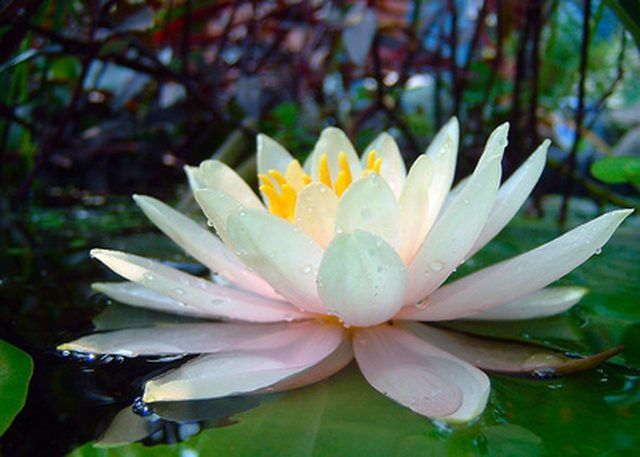Bulbs
Flower Basics
Flower Beds & Specialty Gardens
Flower Garden
Garden Furniture
Garden Gnomes
Garden Seeds
Garden Sheds
Garden Statues
Garden Tools & Supplies
Gardening Basics
Green & Organic
Groundcovers & Vines
Growing Annuals
Growing Basil
Growing Beans
Growing Berries
Growing Blueberries
Growing Cactus
Growing Corn
Growing Cotton
Growing Edibles
Growing Flowers
Growing Garlic
Growing Grapes
Growing Grass
Growing Herbs
Growing Jasmine
Growing Mint
Growing Mushrooms
Orchids
Growing Peanuts
Growing Perennials
Growing Plants
Growing Rosemary
Growing Roses
Growing Strawberries
Growing Sunflowers
Growing Thyme
Growing Tomatoes
Growing Tulips
Growing Vegetables
Herb Basics
Herb Garden
Indoor Growing
Landscaping Basics
Landscaping Patios
Landscaping Plants
Landscaping Shrubs
Landscaping Trees
Landscaping Walks & Pathways
Lawn Basics
Lawn Maintenance
Lawn Mowers
Lawn Ornaments
Lawn Planting
Lawn Tools
Outdoor Growing
Overall Landscape Planning
Pests, Weeds & Problems
Plant Basics
Rock Garden
Rose Garden
Shrubs
Soil
Specialty Gardens
Trees
Vegetable Garden
Yard Maintenance
Water Lilies Life Cycle
Water Lilies Life Cycle. Water lilies are true aquatic plants. The roots and stems of the plant remain submerged, while the leaves float on the surface and the flowers emerge above the water.

Water lilies are true aquatic plants. The roots and stems of the plant remain submerged, while the leaves float on the surface and the flowers emerge above the water.
Seedling Stage
The life cycle of the water lily begins with a seed which sprouts to form a seedling. The roots of the seedling will borrow into the soil and the plant will grow leaves that will reach toward the surface of the water.
Maturity
As the plant matures, it will produce flowers, which are the reproductive part of the plant. Within the flowers are both male and female sex organs.
Sex organs
The anther is the male sex organ and produces sperm in the form of pollen. The female portion of the plant is made up of the stigma, pistil and ovary.
Sexual Reproduction
When a pollinator, such as an insect, enters the flower, it will inadvertently pick up pollen grains and transfer them to the stigma. The pollen will then travel through the stigma and down through the pistil to fertilize the ovary.
Seed development and disbursal
Once fertilized the ovary will form seeds, the flower will drop its petals and a seed pod will form. The seeds will eventually be disbursed into the water to start the life cycle over again.
Asexual reproduction
Water lilies also reproduce vegetatively, forming root-like stems called rhizomes beneath the soil. These allow the plant to reproduce asexually.